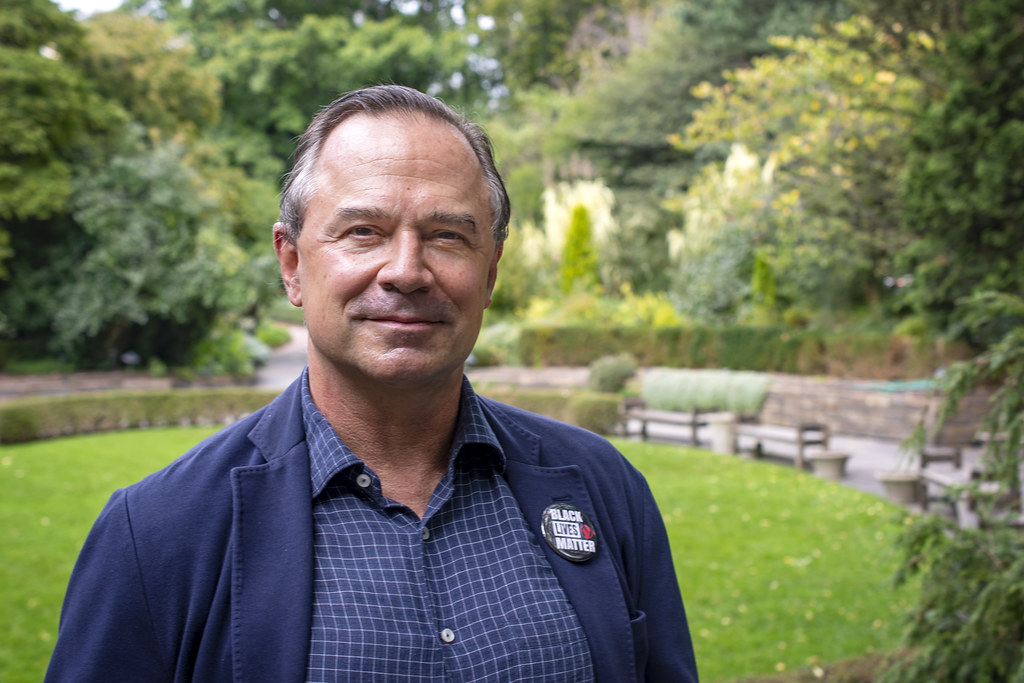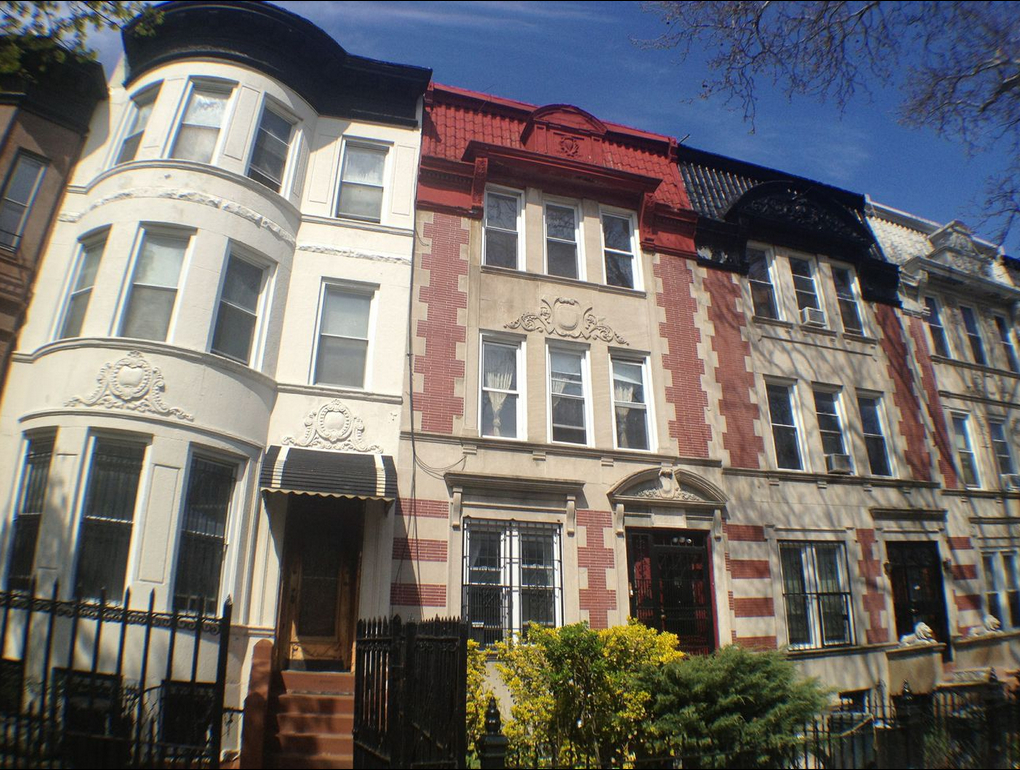On the record: Interview with Adrian Benepe, president and CEO of the Brooklyn Botanic Garden

BROOKLYN EAGLE: I guess a really simple jumping off point would just be to ask you what got you into your love of trees and gardens and urban ecology? I know that you grew up in the city, so was this a fascination that has existed since you were young, or did you have to come to it at some point and what brought you there?
ADRIAN BENEPE: I’m a city kid, born and raised in New York City, technically born in New Rochelle, but from the age of two and on, raised in Manhattan. I still live in Manhattan, in the neighborhood where I was raised, and so one key foundational aspect of me and my profession is literally growing up in the parks — the parks were my backyard. I didn’t live in a house with a backyard, so the parks are where I found nature, which was a key thing. Also I was growing up in the 1960s and ’70s, when things were not very nice and the parks were in a different shape, so I kind of experienced a big, broad decline in the condition of the parks. It became kind of dirty and dangerous during my early childhood and adulthood, and then I got to participate in the rebirth of that same park system, which was very rewarding. I grew up in uptown Manhattan, alternating between Riverside Park and Central Park as my main parks. But fast forward, I attended Middlebury College and was an English major. I intended to become a writer, a journalist of some kind. But when I got out of college I got a paying job working at Port Authority in New Jersey and an unpaid job at the West Side community weekly. That was in 1979, just when things were starting to turn around a little in the Parks Department, getting a little better, under a new parks commissioner named Gordon Davis. He was trying to turn around a very bereft system in the late 70s. He was working with a woman named Betsy Barlow Rogers, who was getting ready to create the Central Park Conservancy. She had just been appointed the administrator of Central Park by Gordon Davis, and so my editor said to me, “Hey, this interesting thing is starting to happen at the parks department.”
EAGLE: So what happened then?
